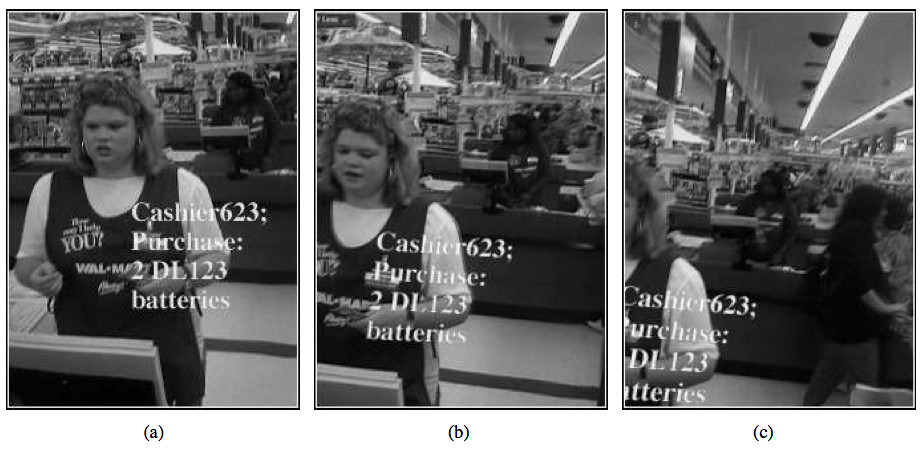Difference between revisions of "Mediated Reality"
Caseorganic (Talk | contribs) |
Caseorganic (Talk | contribs) |
||
| Line 6: | Line 6: | ||
{{clear}} | {{clear}} | ||
| − | According to [[Steve Mann]], "mediated Reality is created when virtual, or computer generated, information is mixed with what what the user would otherwise normally see. Eye Tap is suitable for creating a mediated reality because it is able to absorb, quantify, and resynthesize the light the user would normally see. When the light is resynthesized under computer control, information can be added or removed from the scene before it is presented to the user. The virtual information or light as seen through the display must be properly registered and aligned within the user's field of view. To achieve this, a method of camera-based head-tracking is now described" <ref> | + | According to [[Steve Mann]], "mediated Reality is created when virtual, or computer generated, information is mixed with what what the user would otherwise normally see. Eye Tap is suitable for creating a mediated reality because it is able to absorb, quantify, and resynthesize the light the user would normally see. When the light is resynthesized under computer control, information can be added or removed from the scene before it is presented to the user. The virtual information or light as seen through the display must be properly registered and aligned within the user's field of view. To achieve this, a method of camera-based head-tracking is now described" <ref>Ibid.</ref>. |
{{clear}} | {{clear}} | ||
===Related Reading=== | ===Related Reading=== | ||
Revision as of 06:41, 14 February 2011
Definition
Mediated reality is a term coined by Steve Mann to describe a mix of virtual information with visual information from the real world.

According to Steve Mann, "mediated Reality is created when virtual, or computer generated, information is mixed with what what the user would otherwise normally see. Eye Tap is suitable for creating a mediated reality because it is able to absorb, quantify, and resynthesize the light the user would normally see. When the light is resynthesized under computer control, information can be added or removed from the scene before it is presented to the user. The virtual information or light as seen through the display must be properly registered and aligned within the user's field of view. To achieve this, a method of camera-based head-tracking is now described" [2].
Related Reading
References
- ↑ VideoOrbits on Eye Tap devices for deliberately Diminished Reality or altering the visual perception of rigid planar patches of a real world scene (PDF download) by Steve Mann and James Fung. University of Toronto, 10 King’s College Road, Toronto, Canada
- ↑ Ibid.